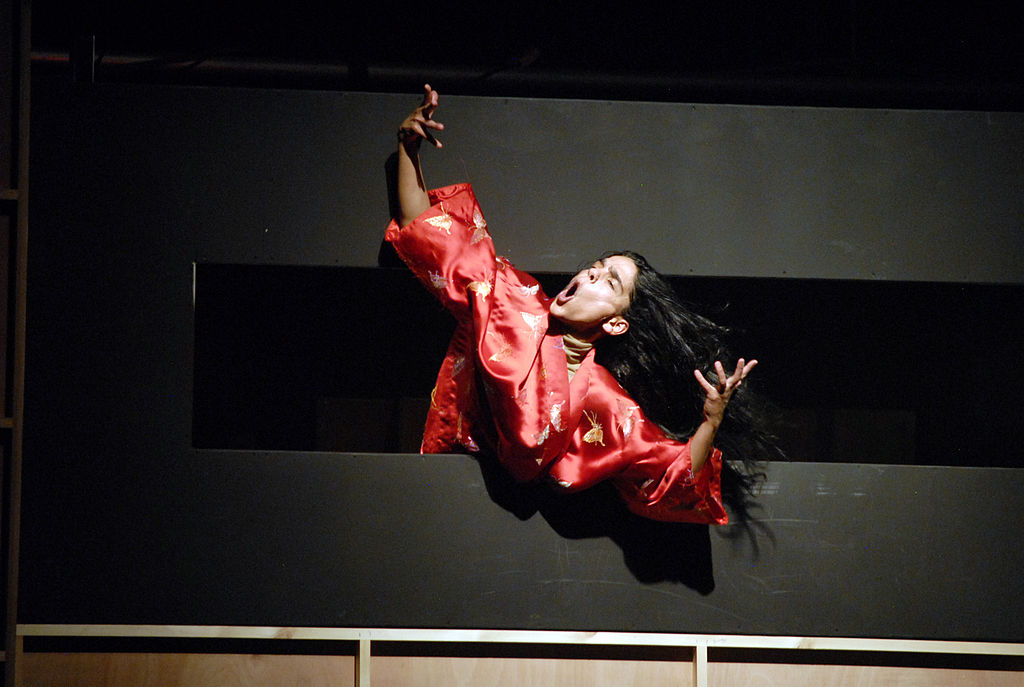 Whilst breathing is a necessity for the human body to function, dancers do not always utilise their breath in order to enhance their performance while they dance. Many students hold their breath whilst dancing, and teachers can be heard saying ‘breathe!’ as the barre exercise finishes. Of course, it would be impossible to dance without having breathed, but dancers can use their breath further to maximise their dancing. Using the breath encourages a certain fluidity for the movement, and is more enjoyable for the dancer!
Whilst breathing is a necessity for the human body to function, dancers do not always utilise their breath in order to enhance their performance while they dance. Many students hold their breath whilst dancing, and teachers can be heard saying ‘breathe!’ as the barre exercise finishes. Of course, it would be impossible to dance without having breathed, but dancers can use their breath further to maximise their dancing. Using the breath encourages a certain fluidity for the movement, and is more enjoyable for the dancer!
Most prevalent in younger dancers, many are unaware of the benefits of connecting the breath to movement. They are often focusing so hard on performing correctly that using the breath is secondary. Small changes, such as breathing in and up during a jeté, and breathing out in a plié, can transform the look of a movement and mean the body is performing properly. In general, inhaling emphasises movements that grow and exhaling places more emphasis on movements which shrink.
As dance students develop they can more easily be encouraged to use their breath alongside movement. The ballet barre is a good place to begin this, as the dancers can concentrate on matching their movement with their breath in a controlled environment, where they are familiar with the movements. Moving into the centre, they will begin to understand how they can use breath to their advantage, rather than keeping it under control. Improvising in a contemporary class can also benefit from using the breath as it is used amongst the movement, and to initiate new movement.
It can be useful to give students allocated slots in the movement to breathe, or to incorporate specific breathing patterns, such as inhaling when arms or legs are lifted or at the initiation of a jump, and exhaling at the beginning and end of a turn or during the landing of a jump. However, it is important for dancers to explore the connection between breath and movement themselves to assist their technique and performance.
